Explain Different Types of Key Constraints in Dbms
Constraints are used for modeling limitations on the relations between entities. Let discuss each of the above constraints in detail.
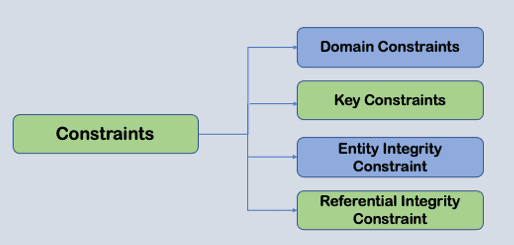
Key Constraints In Dbms Every Dba Should Know
Some of the key constraints in SQL are.
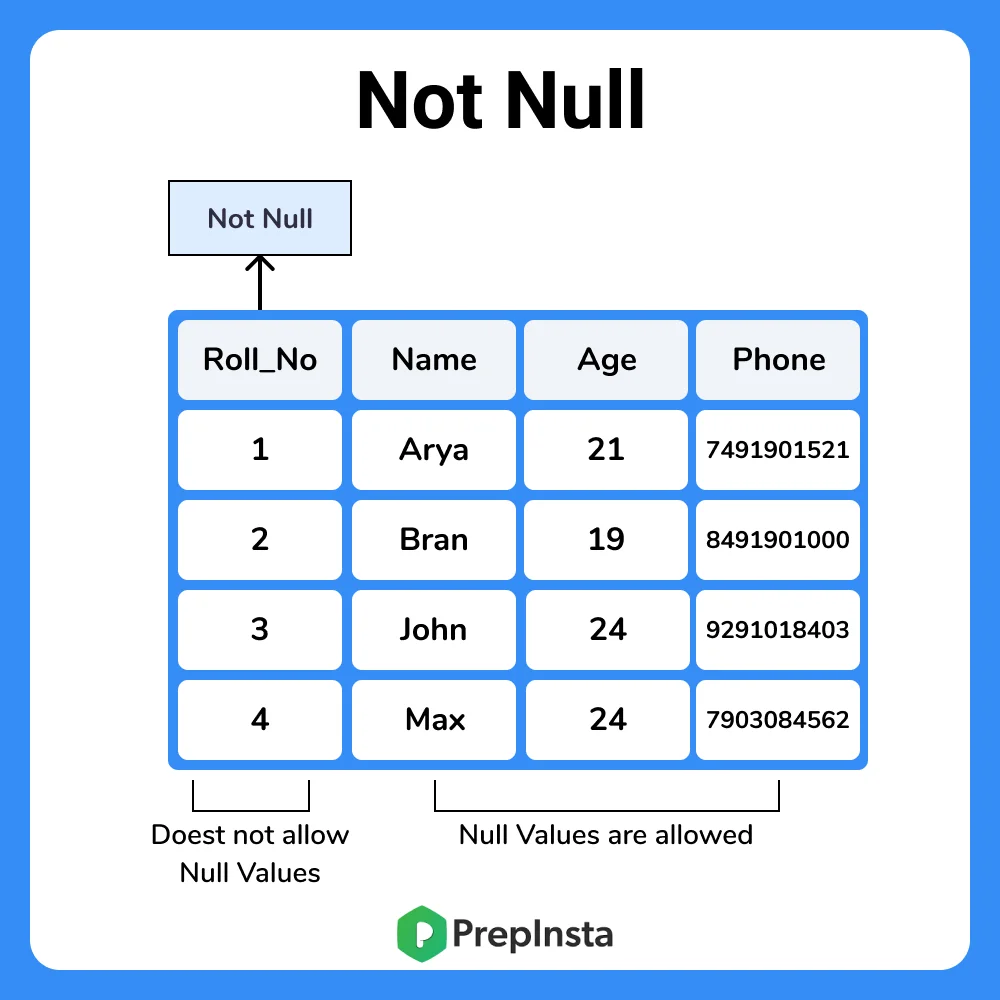
. NOT NULL constraint makes sure that a column does not hold NULL value. There are mainly Eight different types of Keys in DBMS and each key has its different functionality. There are two types of Participation constraint.
Mapping constraints can be explained in terms of mapping cardinality. There are two types of constraints on the Entity Relationship ER model. Types of Integrity Constraint.
In the EMPLOYEE table ID can be the primary key since it is unique for each employee. This constraint specifies the number of instances of an entity that are participating in the relationship type. The key which is most suitable from those lists becomes a primary key.
PRIMARY KEY Constraint. There are two types of constraints that come under domain constraint and they are. An entity of entity-set A can be associated with any number of entities of entity-set B and an entity.
An entity can contain multiple keys as we saw in the PERSON table. In this tutorial we will learn several types of constraints that can be created in RDBMS. It is also called the minimum cardinality constraint.
PRIMARY Key Uniquely identifies each rowrecord in a database table. You can use a primary key and foreign key constraints to define relationships between tables. FOREIGN Key Uniquely identifies a rowrecord in any of the given database table.
Keys in DBMS is a set of attributes that can identify each tuple uniquely of the given relation. A primary key constraint uniquely identifies each rowrecord in a database table. There can be more than one key in the table but it can have only one primary key.
Domain Constraints Not Null. For example let us consider two tables Employee and Departments. UNIQUE Constraint Ensures that all values in a column are different.
A foreign key constraint also referred to as a referential constraint or a referential integrity constraint is a logical rule about values in one or more columns in one or. Although it is not mandatory defining constraints ensures at database level that the data is accurate and reliable. Null values are the values that are unassigned or we can also say that which are unknown or the missing attribute.
There are a number of key constraints in SQL that ensure that an entity or record is uniquely or differently identified in the database. Mapping cardinality or cardinality ratio. Super Key A super key is a group of single or multiple keys which identifies rows in.
CHECK Constraint The CHECK constraint ensures that all the values in a column satisfies certain conditions. Depending upon the type of entity participating in the relationship the participation can be partial or total. Every domain must contain atomic valuessmallest indivisible units it means composite and multi-valued attributes are not allowed.
Different Types of Keys in DBMS are- Super key Candidate key Primary key Alternate key Foreign key Partial key Composite key Unique key Surrogate key Secondary key. It is the first key used to identify one and only one instance of an entity uniquely. This constraint helps the data in one table to establish a relationship with the data in another table in the database.
A table can have only one primary key which may consist of. A primary key constraint is a column or combination of columns that has the same properties as a unique constraint. DBMS Database Big Data Analytics.
An entity of entity-set A can be associated with at most one entity of entity-set B and an entity in entity-set B can be associated with at most one entity of entity-set A. There are two types of participation constraints. The relationship can be between two strong entity or a strong entity and a weak entity.
Foreign Key can be a single column or a set of columns. Suppose we a column called depicted in Employee and a departed in Departments. Why Do We Need to Define Constraints in a Database Model.
Key Constraints PRIMARY KEY FOREIGN KEY. Primary keys must contain unique values. A primary key column cannot have NULL values.
In this article we will briefly explain how to define the following types of constraint and their usage. Lets look at each of the keys in DBMS with example.

Key Constraints In Dbms Every Dba Should Know

What Is The Schema In Dbms Learn Computer Science Master Data Management Dbms
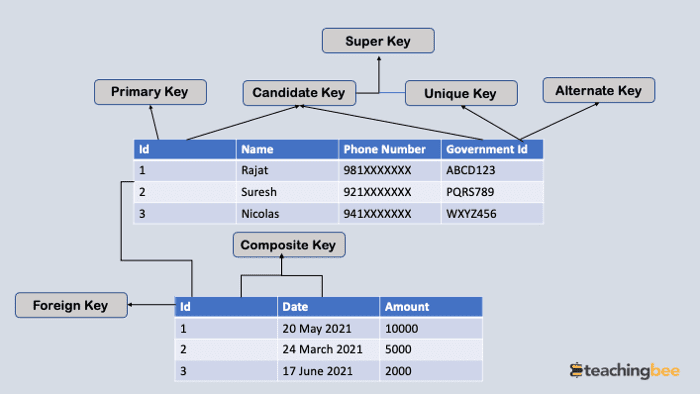
Key Constraints In Dbms Every Dba Should Know
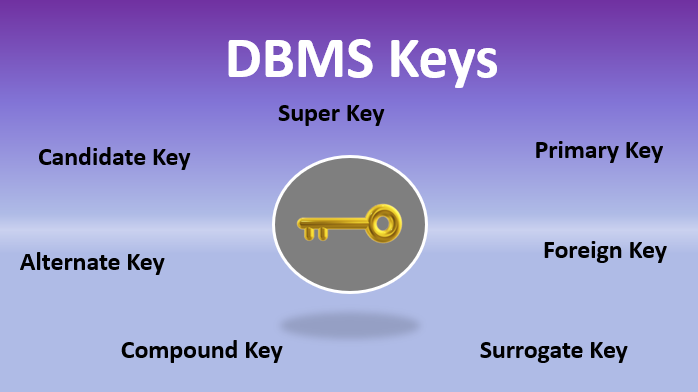
Dbms Keys 7 Amazing Types Of Key In Database Management System

Key Constraints In Dbms Prepinsta

Draw Database System Architecture Dbms Following Is A Flowchart Drawing Of Database System Architecture Database System Dbms Online Classes Notes

What Is A Functional Dependency In Dbms Education Dbms Function
Different Types Of Keys In Dbms Database Management By Knoldus Inc Medium

Dbms Keys Primary Foreign Candidate And Super Key Javatpoint

Relational Model In Dbms Relational Model Learn Computer Science Dbms

Dbms Integrity Constraints Javatpoint

What Is Dbms Dbms Database Management System Database Management
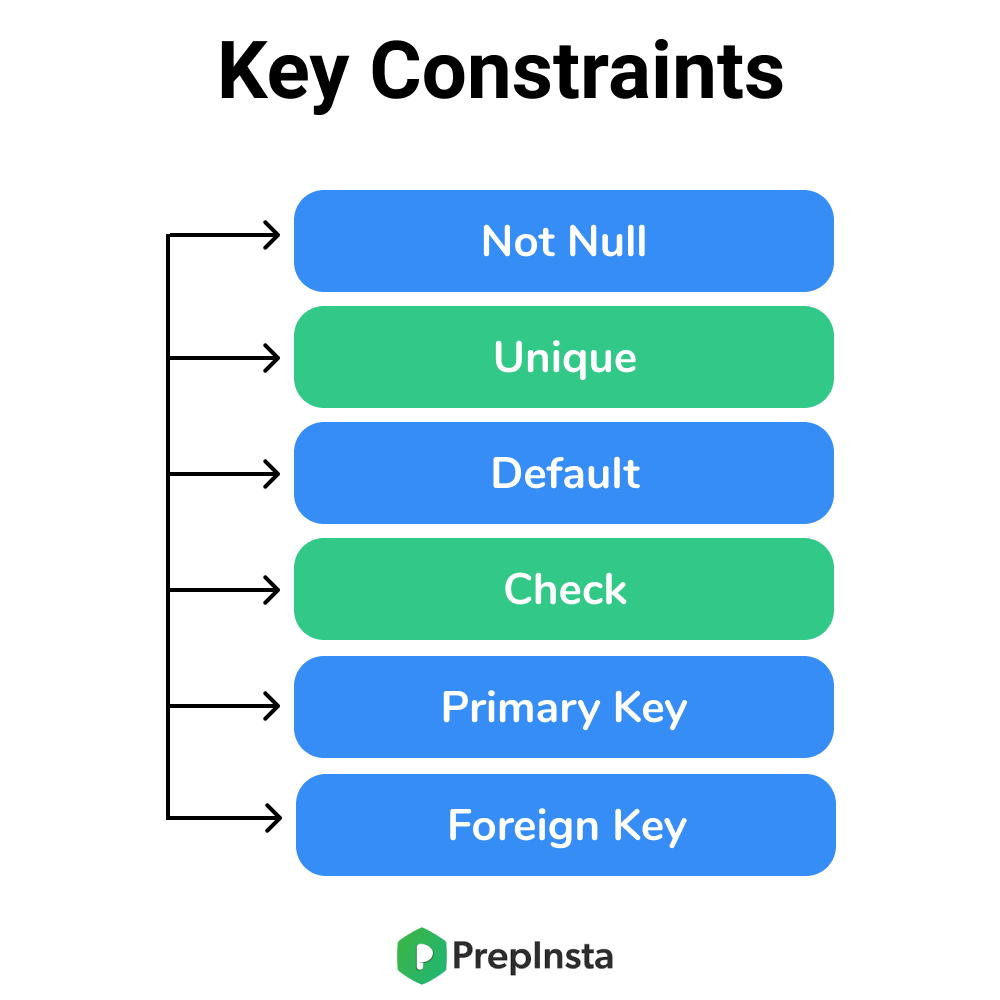
Key Constraints In Dbms Prepinsta
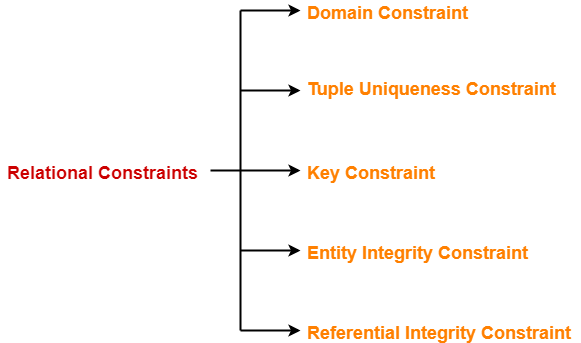
Constraints In Dbms Types Of Constraints In Dbms Gate Vidyalay

Sql Tutorials Sql Tutorial Sql Computer Technology
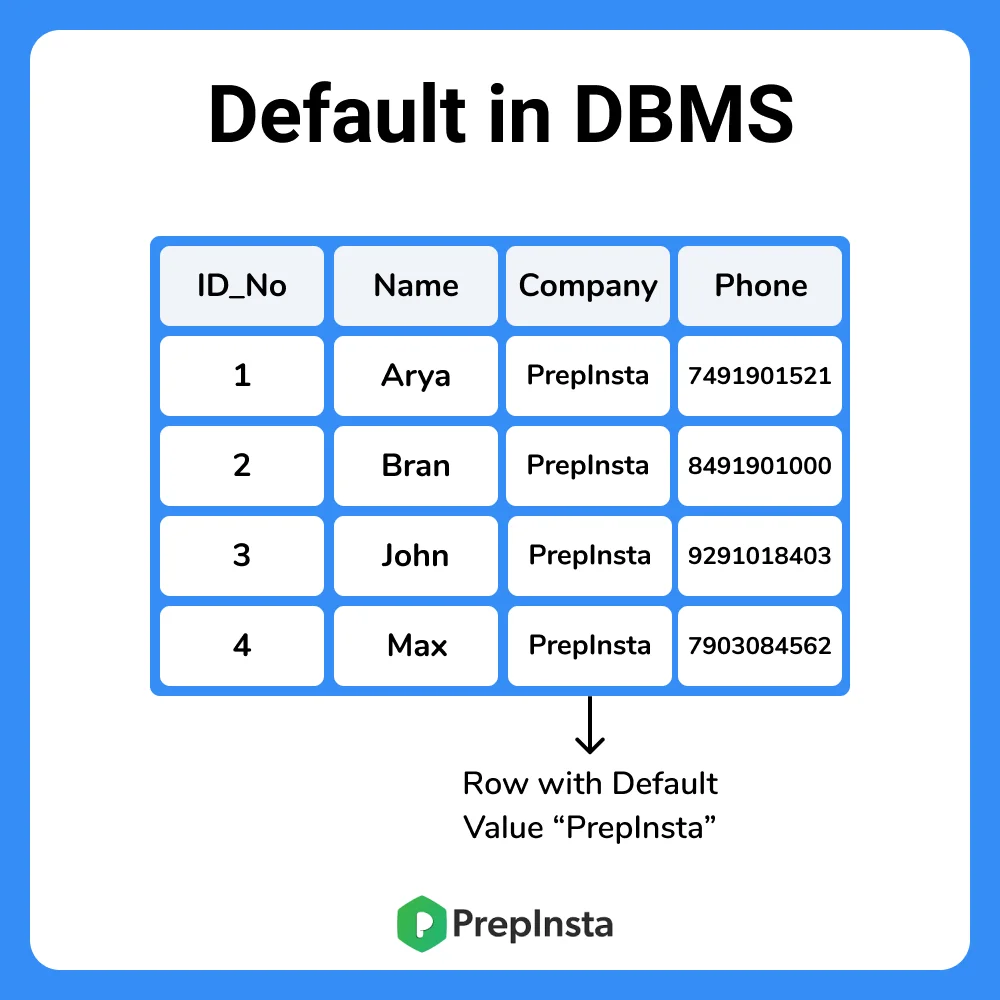
Key Constraints In Dbms Prepinsta

What Is Data Independence In Dbms Learn Computer Science Database Management System What Is Data

Normalization In Dbms Dbms Computer Technology Database Management System

Comments
Post a Comment